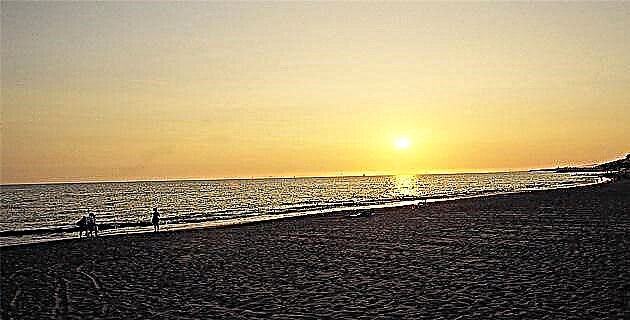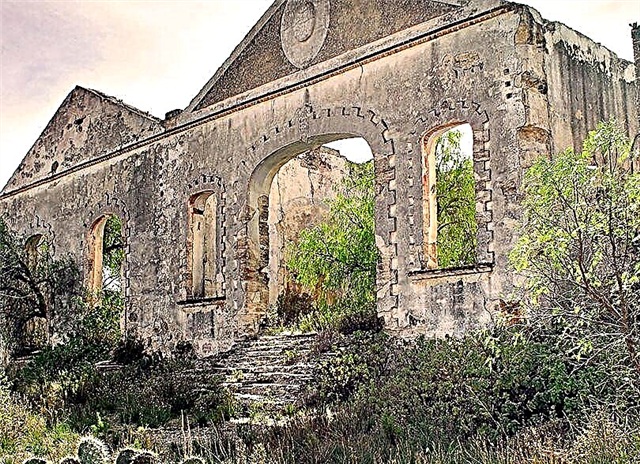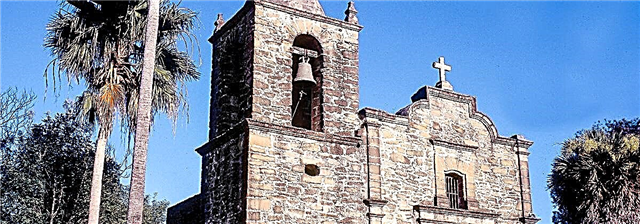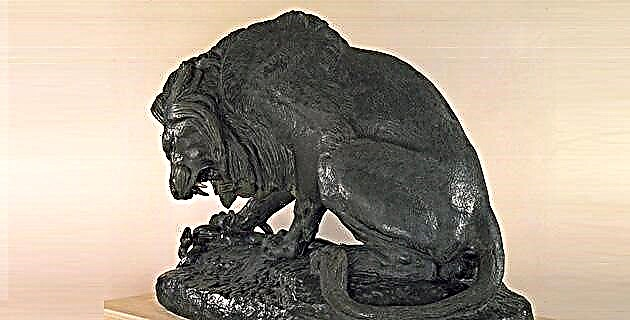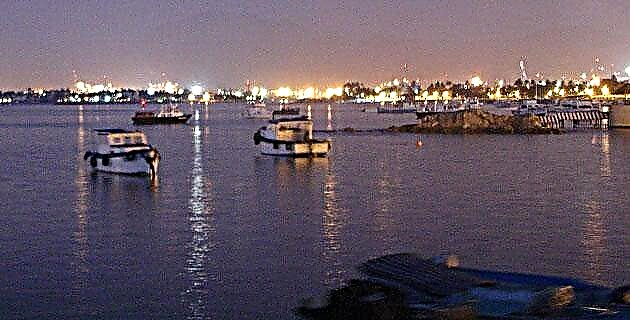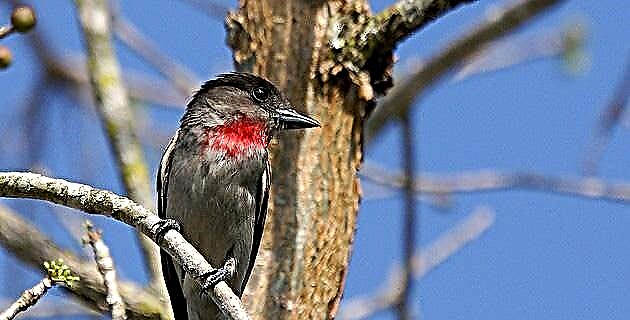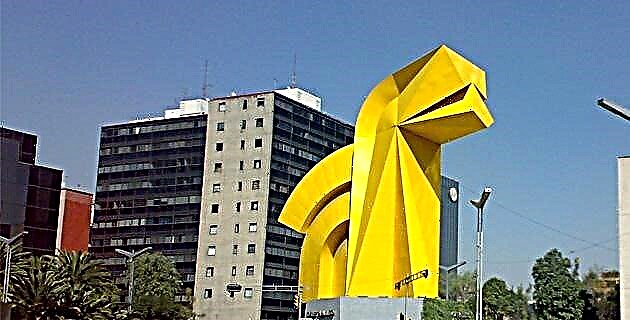
Mexico City remained stable in size during the colonial period, but at the end of the same the appearance of new avenues, such as Paseo de Bucareli (1778), would induce the future expansion of the capital towards the southwest.
Later, at the time of Maximiliano's failed adventure, another then rural avenue, known as Paseo de la Reforma at the triumph of the Republic, would link the point where Bucareli began with the Bosque de Chapultepec. At the junction of these avenues and the current one in Juárez, the sculpture of El Caballito was located for a long time.
The first subdivisions of the city were established along these axes, their development skyrocketing as the second half of the 19th century advanced, when a time of relative peace and economic development began. These new neighborhoods will be called "colonias" since then, and it was no coincidence that some of them bore a reference to Paseo de la Reforma in their name, such as the Paseo and Nueva del Paseo colonias, later absorbed by the Juárez neighborhood, as well as a fraction of the old La Teja neighborhood, which was located on both sides of the avenue: the southern part joined the Juárez and the north integrates most of the current Cuauhtémoc neighborhood.
Other colonies were distributed in this same area, such as Tabacalera and San Rafael, superimposed on the oldest of all, the Colonia de los Arquitectos. All of them had a common feature: an urban layout more modern than that of the old colonial city, with wide streets many times landscaped, imitating the new urbanizations both in Europe and in the United States. It was not by chance that wealthy families began to leave the Center and, alongside the nouveau riche of the Porfiriato, erected sumptuous palaces along the Paseo de la Reforma and other streets in great demand at the time, such as London, Hamburg. , Nice, Florence and Genoa, whose nomenclature is an indication of the cosmopolitan tendency of architecture that arose in them, and that very soon changed the landscape of Mexico City. The chroniclers of the time did not stop mentioning that they looked like streets in some new neighborhood of a European city. The residences adopted the forms consecrated by the School of Fine Arts in Paris, which was the model of our Academy of San Carlos. They no longer had courtyards, like colonial houses, but gardens in front or to the sides, and the ornaments reproduced those of classical architecture, incorporating sumptuous staircases, sculptures, balustrades, stained glass windows, mansards (for non-existent snowfalls) and dormers.
At the beginning of the 20th century, other arteries, such as Insurgentes, joined the group of axes that allowed the creation of new colonies, such as Roma and La Condesa, in the first years of the new century. The first is made in the image and likeness of Juárez, to which it is very close, with small parks such as Rio de Janeiro and Ajusco, and generously tree-lined streets, such as Jalisco (currently Álvaro Obregón). La Condesa develops a little later, limited by the old Tacubaya road, which ended at the end of Paseo de la Reforma.
The Hipódromo neighborhood, which takes its name from the stadium that was in that place for a time, adheres to the Condesa and between them they offer an interesting collection of Art Deco and functionalist architecture (this one also in the Cuauhtémoc). Without a doubt, the buildings that surround the magnificent Parque México, or that line the oval street of Amsterdam, in the Hipódromo, make up one of the most appreciated urban landscapes in the city. In the Countess and the Hippodrome there is not only the single-family house, as in the preceding colonies, but also the apartment building, which is an integral part of its fabric and lifestyle.
The Paseo de la Reforma and the aforementioned colonies were at the time part of the city's margins, and it was inevitable that its expansion would leave them in the center, with which their old buildings lost their reason for being: one- or two-story mansions were replaced by office towers; in Juárez and Roma the houses now house restaurants and shops, although many have given way to new buildings for commercial use. But the neighborhoods that had already incorporated higher-rise residential buildings since their inception, such as the Condesa and the Hipódromo, have been able to maintain their character of residential neighborhoods, although the numerous cafes, restaurants, bars and shops of different types have appeared on the ground floors. class that now characterize this fashion sector in Mexico City.

